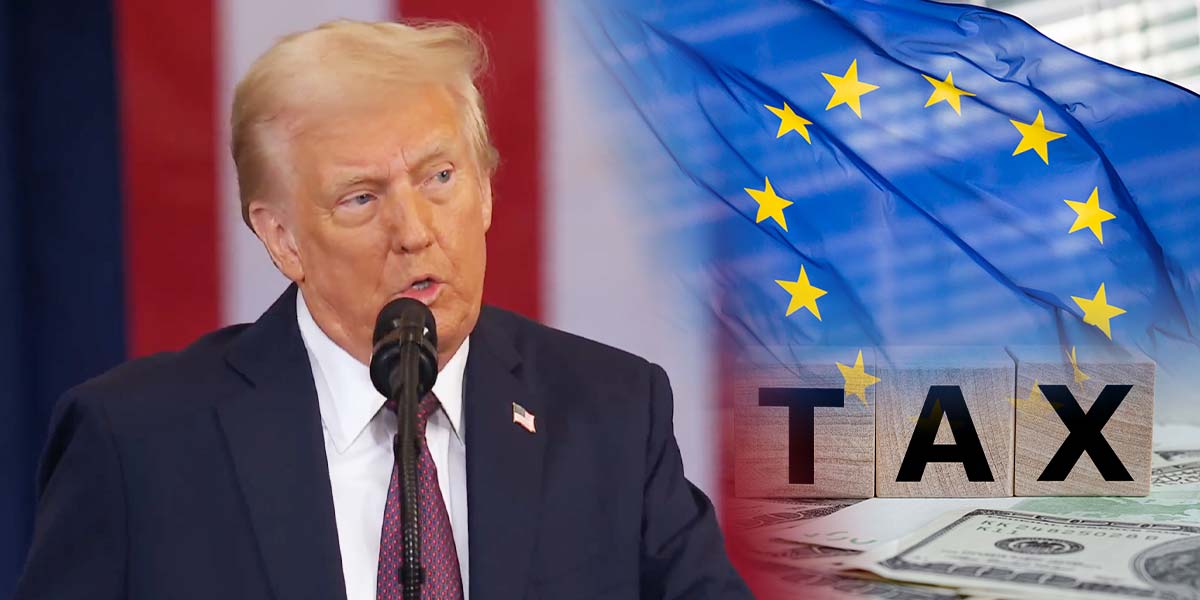The United States and the European Union have averted a potential trade conflict after agreeing to a new deal that will introduce a 15% tariff on most European exports to the U.S., following last-minute negotiations between President Donald Trump and European Commission President Ursula von der Leyen. The breakthrough comes days ahead of the scheduled August 1 implementation of higher tariffs.
According to President Trump, the new tariff regime will cover a broad range of European goods, including automobiles, though exceptions have been carved out for aircraft, some chemicals, and pharmaceuticals. Von der Leyen emphasized that these sectors would remain exempt, and the 15% rate would not apply to products already facing existing levies.
The compromise rate is a middle ground between Trump’s previous threat of a 30% tariff—a move that could have rattled global markets—and the 10% baseline preferred by Brussels. In return, the European bloc has committed to purchasing $750 billion worth of American energy and to boost investment in the U.S. by $600 billion over current levels. Trump also indicated that EU countries would make significant additional buys of U.S. military hardware, though he stopped short of specifying totals.
While the new tariffs spare key sectors, the longstanding 50% duties on European steel and aluminum will remain for now.
In 2024, transatlantic trade in goods and services was valued at nearly $2 trillion, highlighting the stakes for both economies.





